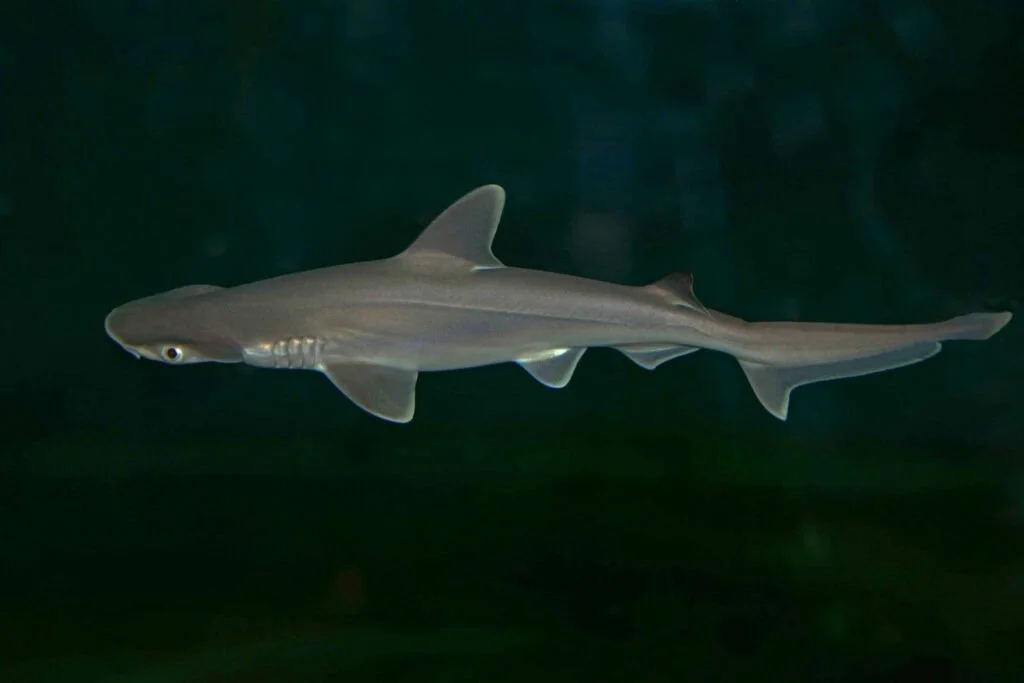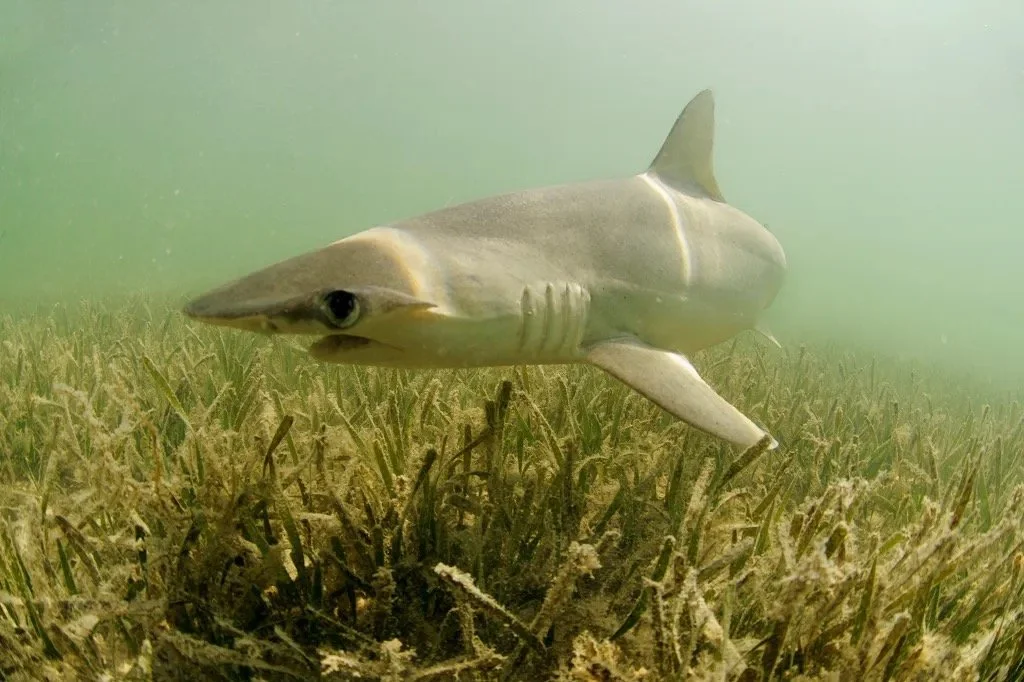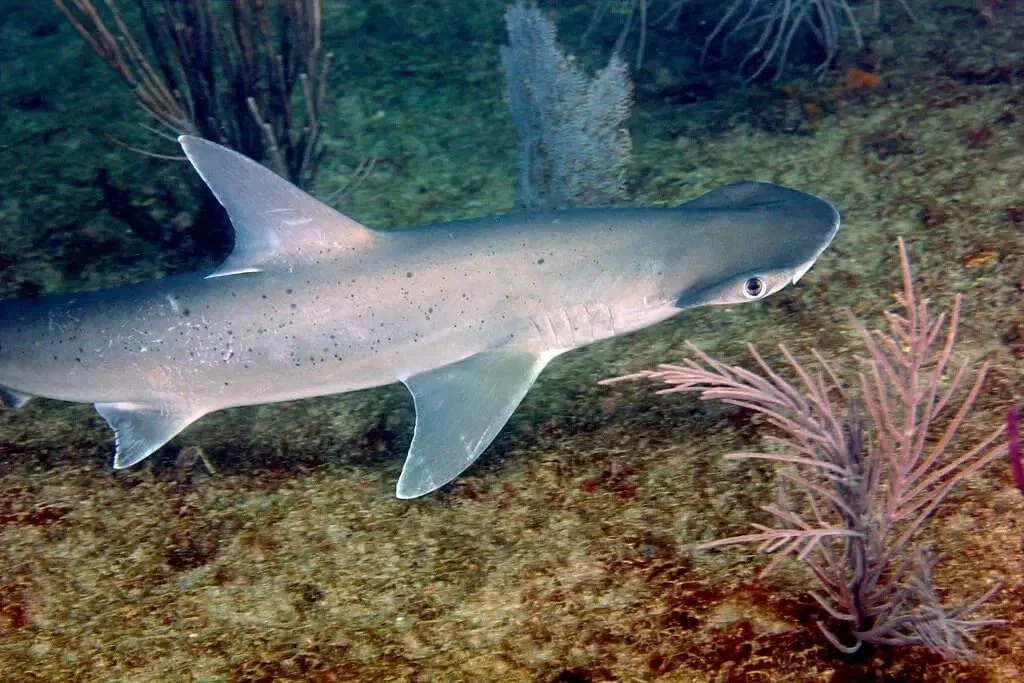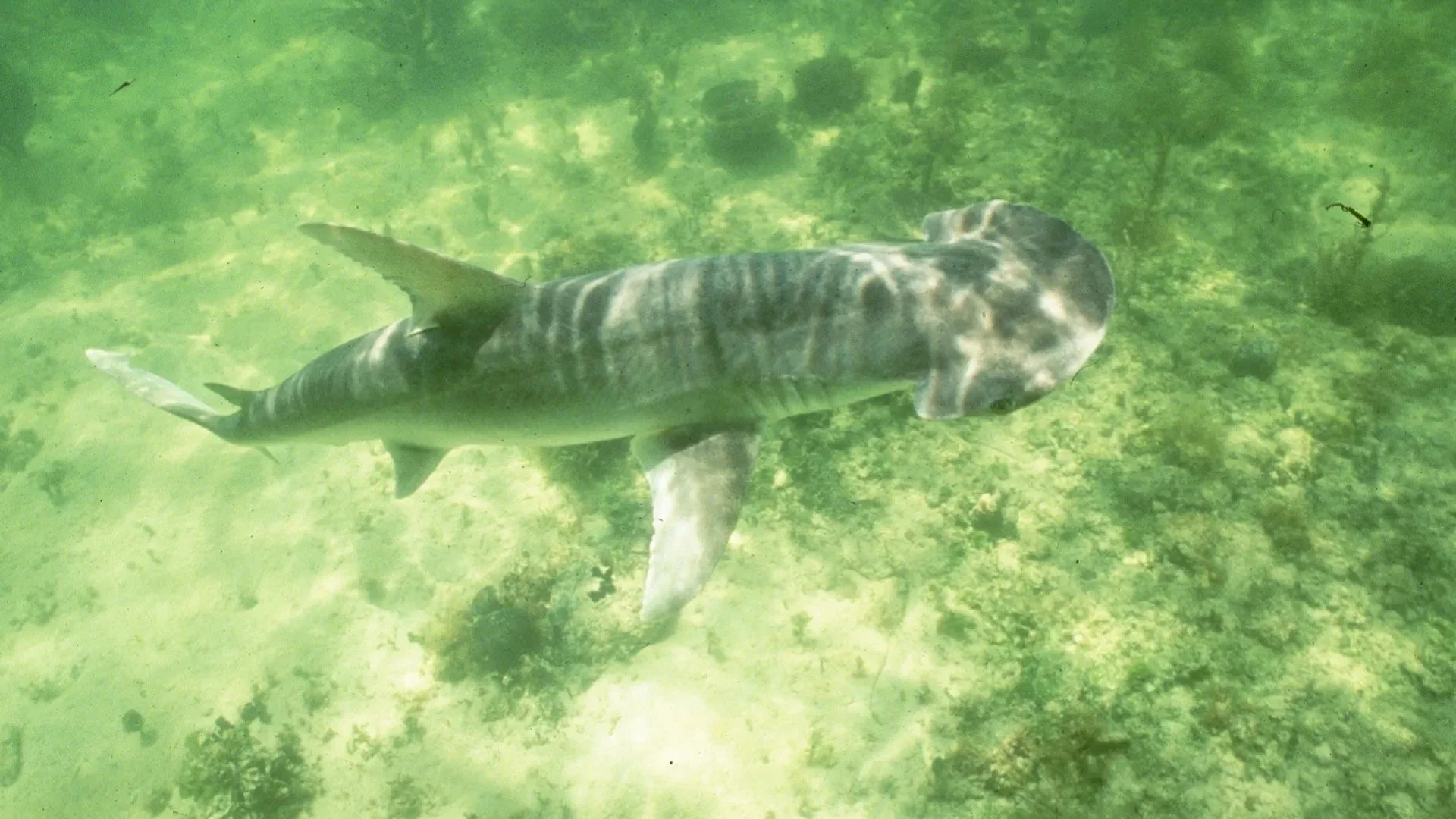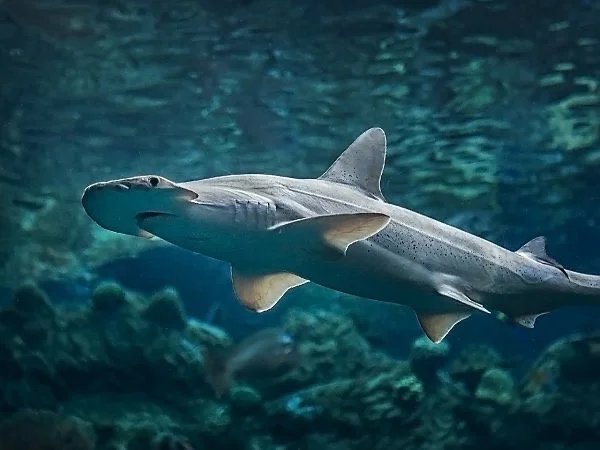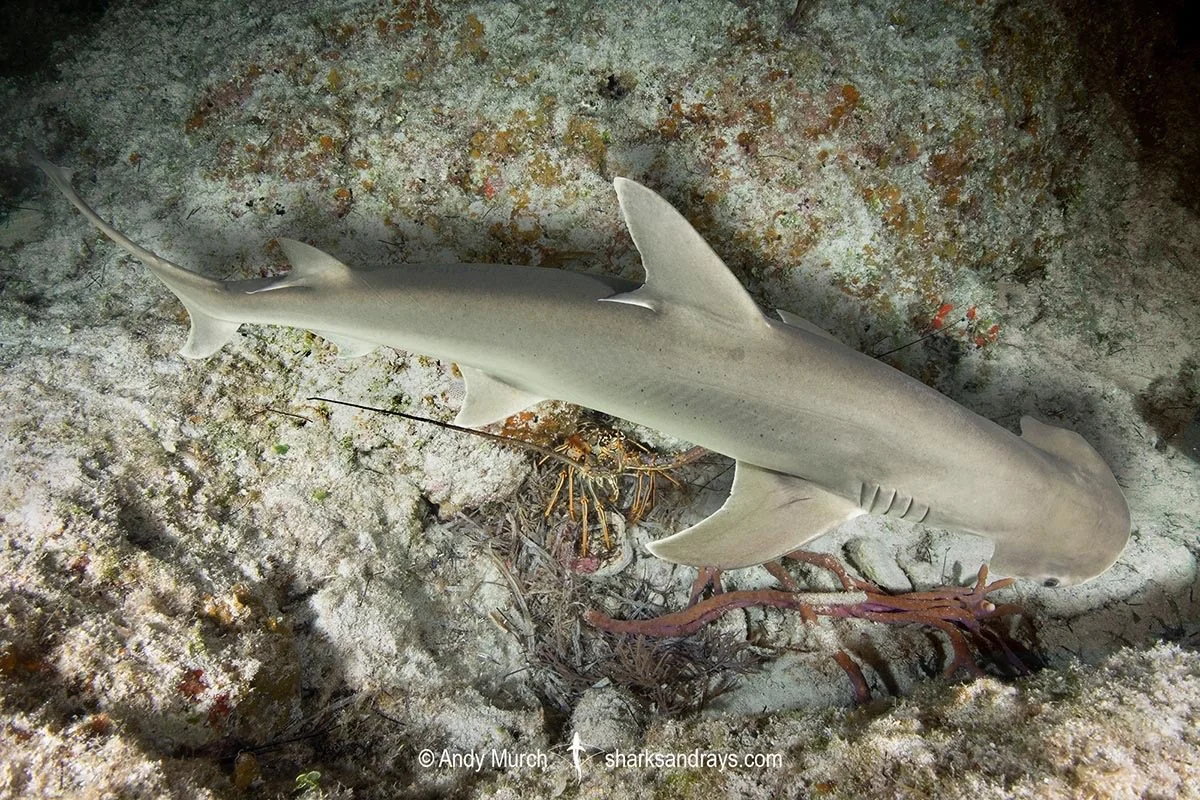
Evaluating Physiological Stress and Body Condition in Juvenile Bonnethead Sharks (Sphyrna tiburo) Across Urbanized and Natural Nursery Habitats in Florida
Juvenile bonnethead sharks rely on shallow estuaries—often seagrass-rich—for food and shelter. The Salty Lab’s preliminary study compared sharks from highly developed nurseries (e.g., Biscayne Bay, Tampa Bay) with those from lower-impact sites (Cedar Key, Ten Thousand Islands) to ask: do urban stressors (runoff, turbidity, altered salinity) affect health during this critical life stage? Using GIS site classification, environmental measurements, and body-condition indices, we found no statistically significant difference in Fulton’s K between site types in this initial, small sample. However, patterns and prior literature suggest hidden physiological costs may exist and require more sensitive markers (blood glucose, lactate, hematocrit) and larger sample sizes. This work lays the foundation for a scaled-up investigation that links nursery habitat quality to shark health—and, ultimately, to policy actions that protect Florida’s estuaries and seagrass.
Why it matters
Sentinel species: Bonnetheads are site-faithful estuary users—ideal for detecting local habitat stress.
Conservation payoff: Results will inform seagrass protection, stormwater/runoff management, and nursery-habitat planning.
Policy bridge: Findings will be translated into science-based recommendations for Florida agencies and lawmakers.
